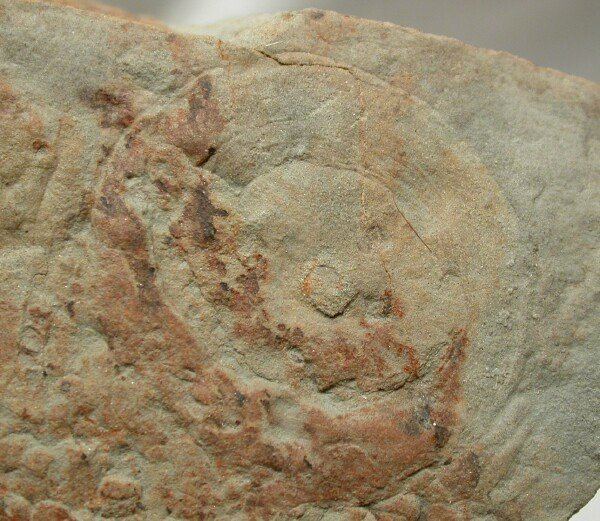Rank Genus | ||
 | ||
Similar Cyclomedusa, Charniodiscus, Ovatoscutum, Nemiana, Pteridinium | ||
Hiemalora is a fossil of the Ediacaran biota, reaching around 3 cm in diameter, which superficially resembles a sea anemone. The genus has a sack-like body with faint radiating lines originally interpreted as tentacles, but discovery of a frond-like structure seemingly attached to some Heimalora has added weight to a competing interpretation: that it represents the holdfast of a larger organism. This interpretation would stand against its original classification in the medusoid Cnidaria; it would also consign a once-popular hypothesis placing Hiemalora in the chondrophores, on the basis of its tentacle structure, to the dustbin. Studies testing the feasibility of hypothesis investigated the possibilities that such fragile tentacles could be preserved, and concluded that it would be very improbable — especially as many Hiemalora bearing beds also contain such fossils as Cyclomedusa, but do not preserve the tentacles on these organisms.
Heimalora has been identified in a wide range of facies and locations globally.
Etymology
The genus was originally named Pinegia, but was renamed two years later when it was realised that a genus of Permian insect already bore the name. The revised name comes from Latin hiemalis ora, "winter coast".
